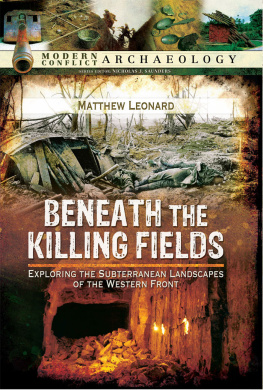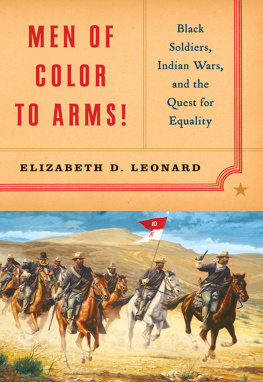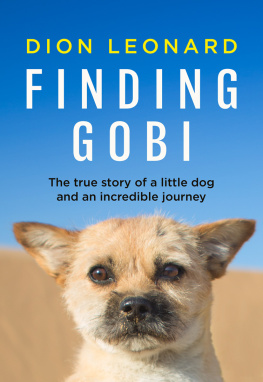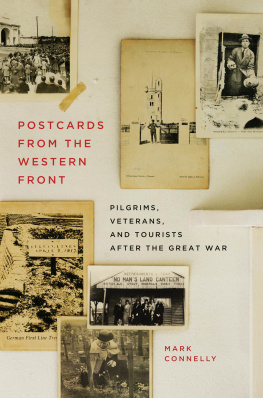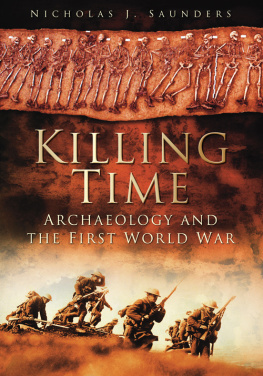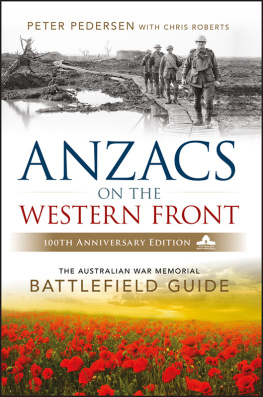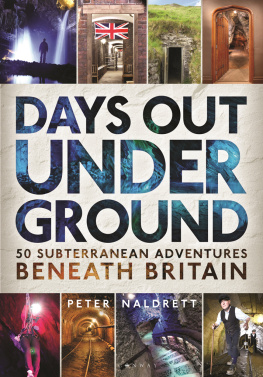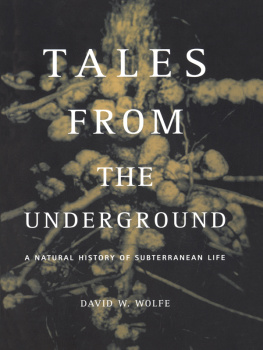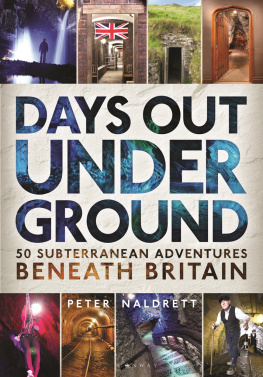
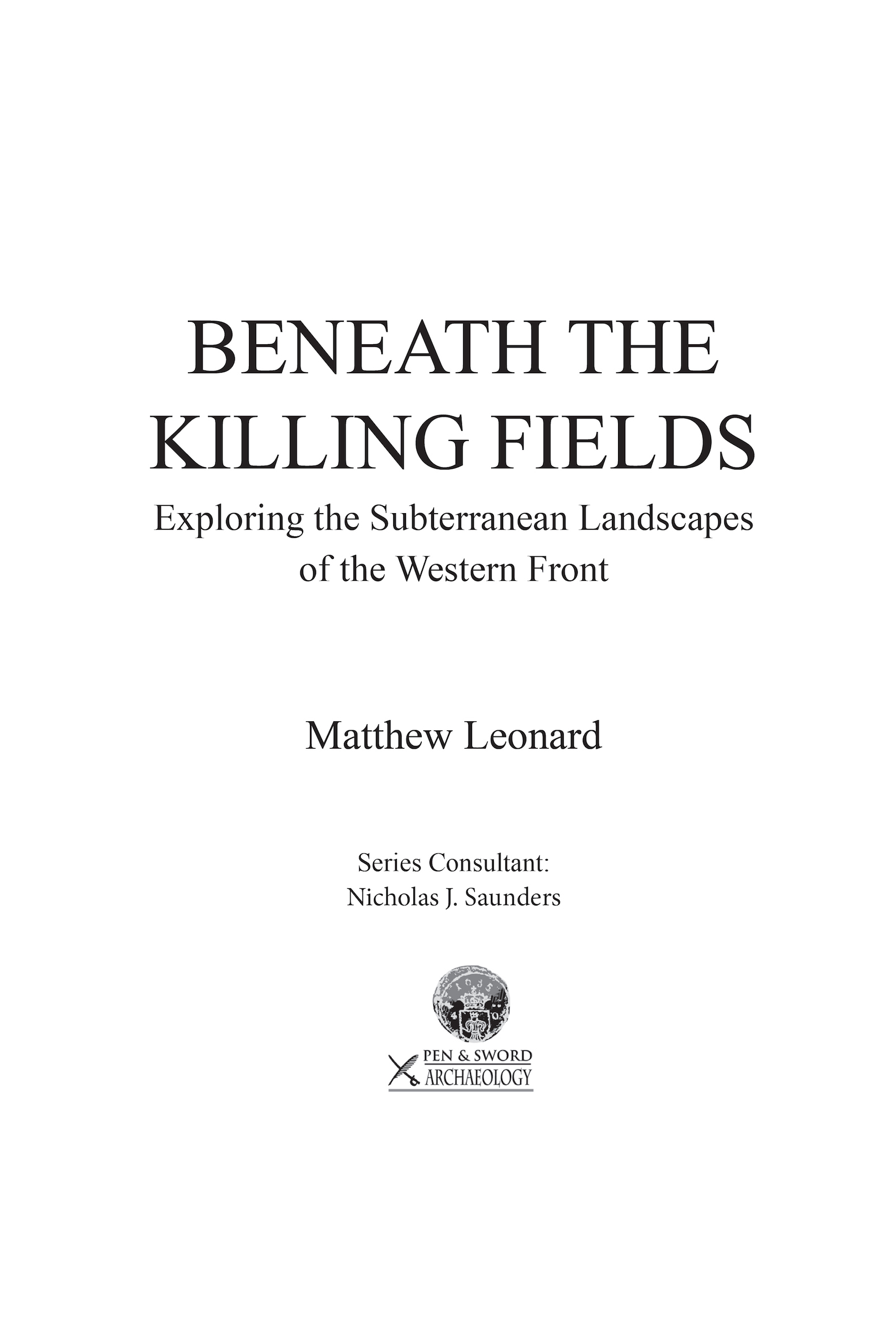
To Jack
Depth and breadth
Contents
Acknowledgements
First and foremost my thanks go to the Durand Group, without whom this book would not have been possible. My membership of the Group has allowed me to develop both personally and professionally, and I am indebted to all concerned for their help, knowledge and advice. In particular I would like to thank Lieutenant Colonel (Retd) Phillip Robinson and Andy Prada. Phillip is the foremost expert on the underground war in Northern France during the Great War and his attention to detail and extensive knowledge has been of great benefit to me. Andy is a founder member of the Durand Group and the project manager for our current work at Loos. For several years he has toiled tirelessly to forge links with the local community and understand the hidden secrets of the Loos battlefield. I cannot thank both of them enough for freely dedicating their time and expertise, and for being open to modern archaeological and anthropological approaches to these complex landscapes.
Professor Nicholas Saunders has assisted me with this work in too many ways to mention. Nick is the founding father of modern conflict archaeology, and his open-minded approach to the study of the material culture of twentieth century conflict had a profound effect on me. This led directly to me studying for a doctorate in archaeology, and much of the research undertaken for that work is detailed in these pages. For all his help, advice and multi-coloured opinions I will be forever grateful.
Writing a book is a long and often solitary experience. Through it all, my wife Kirsty has given me her full support; looking after our young child, working to support our family, accompanying me to an innumerable number of old battlefields, and allowing me the time and space to fill these pages. Without her love, friendship and encouragement I doubt this project would have been completed. Thank you for everything.
Finally, I would like to thank Pen and Sword for their patience while waiting for the finished manuscript. Both Heather and Eloise were professional, approachable and understanding as to the inevitable delays that occurred while I completed my studies. To everyone else who has contributed goes my utmost thanks and respect. I know who you are and so do you.
Glossary and Useful Terms
Bell Chamber | A bell dome-like chamber that can form in a tunnel or dugout when chalk has slabbed from the sides and ceiling. |
Blowing | A term used to describe the detonation of a mine charge. |
Camouflet | An underground explosive charge primarily employed to destroy enemy tunnels. Camouflet charges do not usually break the surface. |
Clay Kicking | The practice of digging through clay, originally devised by sewer diggers. Clay kicking has the added advantage of being near silent and was therefore a logical adoption for tunnelling companies where the geology was relevant. |
Light (Decauville) Railway | Invented by Paul Decauville (1846-1922), the railway named after him consisted of narrow gauge tracks mounted to metal sleepers. It was light and manoeuvrable and used extensively during the First World War for the transport of men and equipment on the front lines. |
Exteroception | Outwardly orientated perception. |
Face | A face is the front of the tunnel where the actual digging was being done, similar to a coal face. |
Gallery | A term used to describe a tunnel, usually one that extended towards the enemys positions. |
Geophone | A tool used for listening underground. Consisting of two microphones and acting in a similar way to a doctors stethoscope. Sound waves through the ground are magnified and sounds are transmitted to each of the listeners ears, allowing a bearing to be taken on the source of the sound. |
Incline | A sloping entrance to a tunnel, usually from a trench and used instead of a vertical shaft. Inclines are often referred to as shafts in war diaries. |
Kinaesthesia | The sensation of movement in the body and limbs originating in the muscles, tendons and joints. |
Lateral | A defensive tunnel dug parallel to the front line trench. Other, offensive and defensive, tunnels were then dug from the lateral. Sometimes also called a transversal. |
Livens Projector | A type of mortar used primarily for delivering gas. |
Mine | An explosive charge placed underground. |
Pioneer Shaft | An exploratory shaft dug to connect existing features. |
Proto Apparatus | Self contained breathing apparatus primarily used in mine rescue. |
Proprioception | The perception of the position, state and movement of the body. |
Puit | Shaft connecting the surface to a souterraine used to lift up and remove cut chalk blocks from the original quarry. |
Russian Sap | A shallow tunnel or deep covered trench that could quickly have the top pulled in to expose a trench, listening post or trench mortar position. |
Sap | A trench dug towards the enemy. Also sometimes used to describe a tunnel dug in a similar direction. |
Seismomicrophone | An electrically powered sound detector usually linked to a central listening station responsible for a large area of front. |
Sensorium | The section of the human brain tasked with the reception and interpretation of the different sensory stimulae. Also a term used to describe the human senses as a whole. |
Shaft | A vertical entrance to a tunnel or dugout but often used to describe an incline. |
Slabbing | Chalk is often layered in bedding planes and where these are weak large sections can split apart, causing collapses. |
Souterraine | A French term meaning underground but often a term used to describe caves or subterranean quarries. |
Stollen | A German term for a mine gallery, deep dugout or tunnel. |
Subway | A communication tunnel used for the movement of troops to and from front line positions. Subways also often included command and signal centres, accommodation and logistic facilities. |
Synaesthesia | Literally the ability for the senses to hear colour or see music and smell shapes. Also synaesthesia is the ability for one sense to trigger another, for example music may trigger a memory associated with it which will trigger the taste buds to remember what was eaten when listening. |
Tamping | Tamping is the term given to the fill placed behind a mine charge to avoid the blast funnelling back up the tunnel. Sandbags filled with spoil, or just spoil by itself along with large chunks of chalk, were usually used, piled to the ceiling and extending for several metres. A space was then left and the process repeated again, the number of times dependent on the size of the charge. |
Next page
